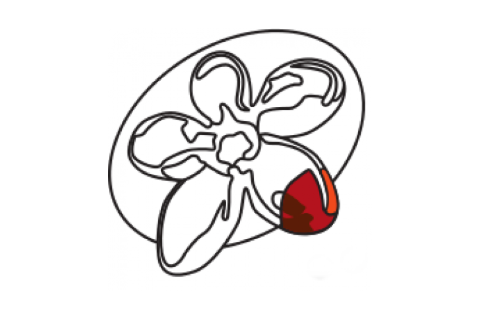
- 10:00
- Monash University, Clayton Campus, Seminar Room Level 3/ 15 Innovation Walk
- Harald Janovjak
Harald Janovjak
Lights, proteins, action!
Abstract
Our research lies at the interface of synthetic biology and physiology with a focus on manipulating cell-cell communication and cell behavior in health and disease. In the past five years, we established new methods to non-invasively control the signaling and behavior of cells with spatial and temporal precision (e.g. using optogenetics). In the next five years, we will address problems in signaling and tissue regeneration using our synthetic approaches.
In this informal seminar, I will first describe the molecular mechanisms that species from all kingdoms of life employ for sensing visible light of all colors. I will then introduce how photoreceptor proteins isolated from microbes and plants can be harnessed to control a variety of cellular processes in animals using optogenetics. Finally, I will share some recent data on our use of optogenetics in disease models (mouse and Drosophila).
Biography
Harald received his undergraduate degree in biology in his hometown from the Biocenter of the University of Basel and his doctorate in biophysics from the laboratory of Daniel J. Müller at the University of Technology Dresden.
After post-doctoral training in the laboratories of Ehud Y. Isacoff at the University of California Berkeley and Dirk Trauner at the Ludwig Maximilians University Munich, Harald started his own laboratory at the Institute of Science and Technology Austria.
Later this year or early next year Harald will join ARMI as EMBL Australia group leader. His principle research interest lies in understanding and manipulating animal physiology with synthetic biology.
